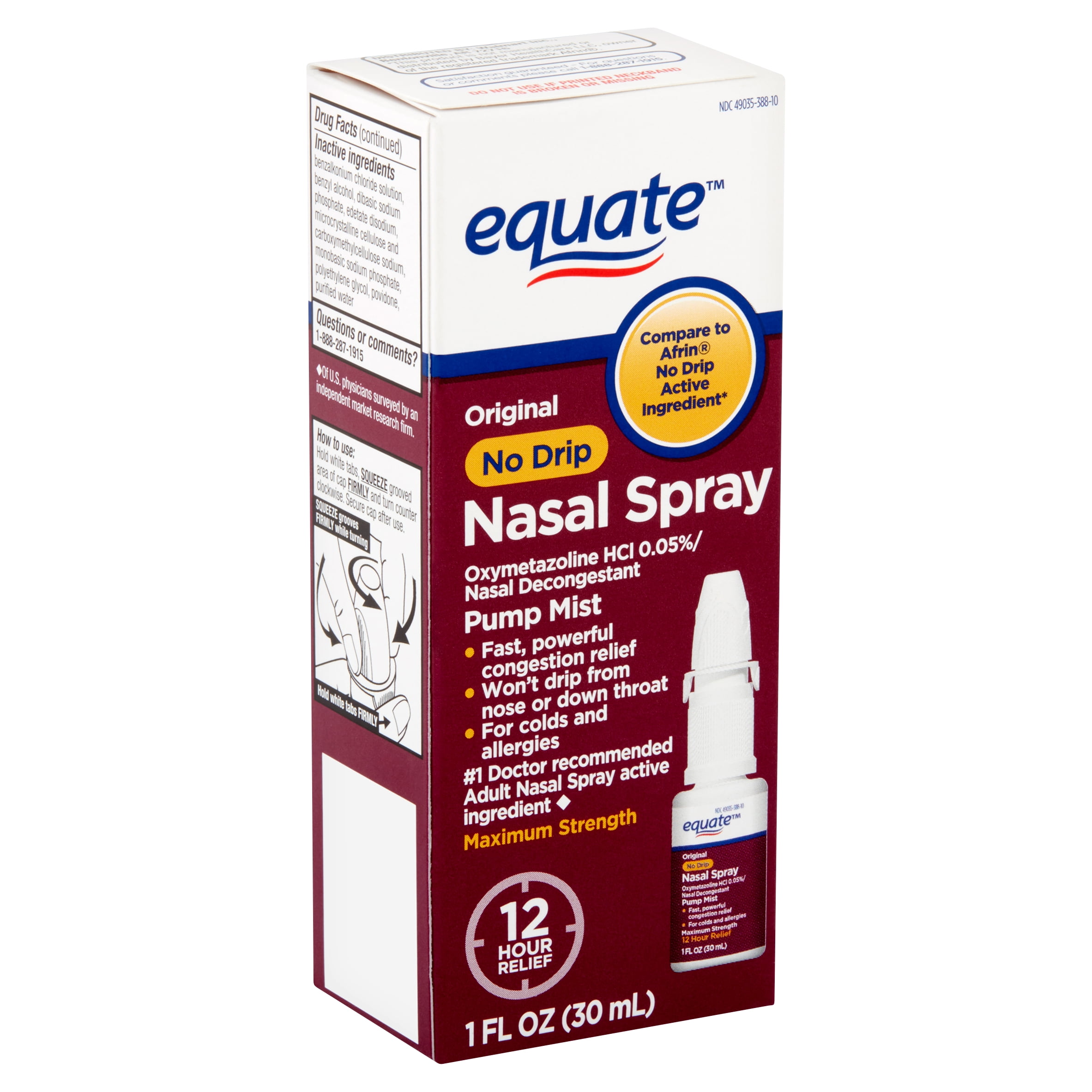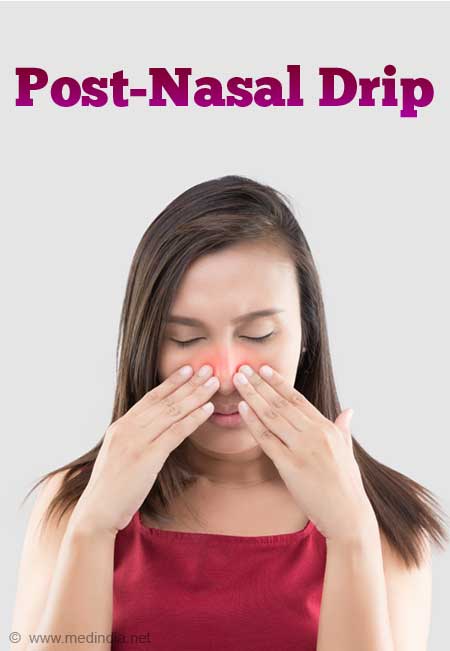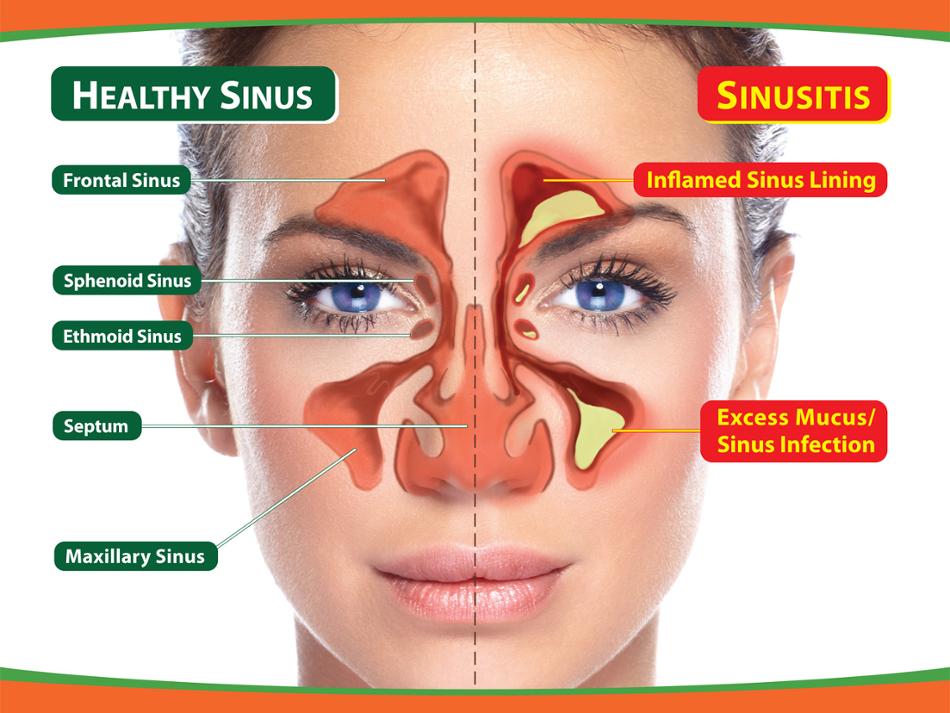



Visit your doctor: Your ENT is your number one ally in your battle against post-nasal drip.Flush: Use saline sprays or Neti pots (with distilled or boiled water) to flush the excess mucus, germs, etc.Make sure to clean/replace your air filters regularly. Clean your linens (including your drapes and carpets) regularly. Clear your environment of allergens: Is your post-nasal drip triggered by allergens? Keeping a clean, allergen-free environment can help.Use medication to thin the mucus: If you didn’t have luck thinning your mucus via hydration or the other methods mentioned above, the medication Mucinex also thins your mucus and may be able to provide you with relief.We recommend speaking with your doctor before trying these medications. Decongestants such as Sudafed and antihistamines such as Benadryl, Claritin, Zyrtec, Clarinex, and Zyrtec have been successful. Use decongestants and antihistamines (with care): For some, the key to getting rid of their post-nasal drip is to actually dry out the mucus (although for others, this can make their symptoms worse).If your nose is dried out, try using humidifiers, taking steam baths, and drinking hot tea or eating chicken soup. Create moisture in the air: Extra moisture in the air can help thin out your mucus.How do you get rid of post-nasal drip? Post-nasal drip treatments.įor some lucky patients, the answer to the question “How long does post-nasal drip last?” is often, “Once you take action.” The following actions can be performed at home and may help reduce your post-nasal drip symptoms: If you notice that your excess mucus has become discolored or bloody, has a bad odor, or is accompanied by a fever, visit your doctor as soon as possible to receive a diagnosis and treatment plan. Most cases of post-nasal drip go away with time, but long-lasting, untreated post-nasal drip and excess mucus can create a breeding ground for germs, which in turn can lead to additional health complications, including sinus infections and ear infections. That said, many doctors recommend seeing your doctor if your post-nasal drip has not cleared up within 10 days. This is fortunate, since many people live with chronic post-nasal drip, especially during allergy season. While post-nasal drip certainly is a nuisance, it is not considered to be a serious condition. Is post-nasal drip serious? And can you have chronic post-nasal drip? If you notice that your sleep is unusually disturbed, read our blog regarding chronic sinusitis and sleep apnea. Note: Whether you are experiencing post-nasal drip by itself or in conjunction with sinusitis, you may find some additional relief at night by propping your head up. Nausea (caused by excess mucus in the stomach).Chronic cough (Often worse at night - read more about why sinusitis is worse at night ).A feeling of having to constantly clear one’s throat.Not sure if you have post-nasal drip or “just” a sore throat? Check and see if you are also experiencing any of these common post-nasal drip symptoms: Some medications, including birth control and blood pressure medications.Irritants and fumes such as smoke, strong scents, and other chemicals.
NASAL DRIP HOW TO

Typically, this mucus exits your body in one of two ways: by mixing with your saliva and being swallowed or when you blow your nose. Your body produces mucus every day to both lubricate your sinuses and help flush allergens and germs out of your system. In order to better understand what causes post-nasal drip and how long post-nasal drip lasts, we need to get familiar with the role of mucus. But is that healthy? Learn more about what causes post-nasal drip and chronic post-nasal drip, as well as what your options are for finding relief. There it is again - that tickling, scratchy, feeling at the back of your throat - and along with that sensation, a nagging question: How long does post-nasal drip last?įor many, post-nasal drip is a part of life, especially during allergy season.


 0 kommentar(er)
0 kommentar(er)
